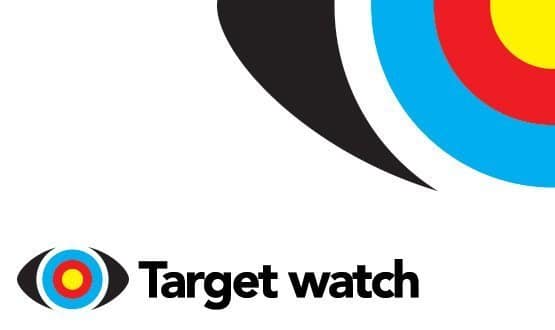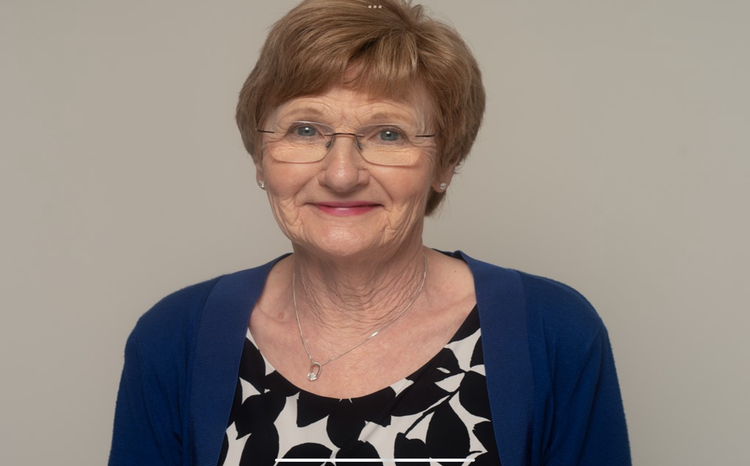Dates with destiny
- 5 August 2013

The last time the NHS was asked to come up with a big IT plan, the man on the spot was Sir John Pattison, the director general of research and development at the Department of Health.
Sir John was at a fateful seminar of Downing Street advisors and DH representatives around the turn of the century that was asked to come up with a national plan to create electronic health records for every patient in the country.
At some point, he was asked how long this would take. “I swallowed hard because I knew I had to get the answer right, and I said three years,” he later told a Parliamentary debate. “The answer was ‘that is too long, and how about two years?’ In the end, we got two years and nine months, starting from April 2003.”
On the road, again
In the end, what became the National Programme for IT in the NHS got ten years, and still failed in most significant respects. Yet Sir John’s experience may chime with some of his successors at the DH and NHS England.
For, once again, an ambitious politician has tasked the health service in England with implementing electronic patient records – indeed, with going paperless – within a couple of years.
And, once again, officials are starting to talk about today’s plans being the catalyst for transformation of NHS IT that could take ten years.
Somehow, the NHS always seems to be 18 months from the first milestone on a ten year journey to digital nirvana.
This time around, there will be no national programme and no dates by which to get contracts signed and systems into ‘early adopter’ and ‘fast follower’ trusts. But this hasn’t stopped an awful lot of targets being bandied about.
Many of these sound eerily familiar; which is hardly surprising, since nirvana never changes, and the map for reaching it has such logical steps that they have inevitably been laid out before. Some feel new; but also plucked from thin air.
Referrals by 2015, 17 or 18
So, the big target is ambitious health secretary Jeremy Hunt’s ambition to see a paperless NHS by 2018, as first unveiled in a speech to the Policy Exchange think-tank back in January.
Having said that, even the paperless target might have moved, since the first time it was floated, by NHS England’s national director of patients and information Tim Kelsey last October, it was pencilled in for 2015.
Kelsey subsequently clarified that when he’d said paperless he meant paperless referrals. But if he did, the commissioning board doesn’t expect the health service to achieve this more modest vision of paperlessness by that date.
Instead, its business plan, issued in May, talks about e-referrals being “universally available” to patients and health professionals by March that year.
This appears to be the date by which Beverley Bryant, NHS England’s director of strategic systems and technology, expects the new e-referrals service to be ready.
Two companies are in the running to develop this replacement for Choose and Book, and NHS England is running a “listening exercise” to find out what features would encourage the health service to use it.
The features will matter, since Choose and Book was launched as “the NHS’ own airline-style booking service” when the idea of booking a flight online still excited travellers, as well as cost-cutting airline execs.
It was supposed to be rolled out across the country and used for “100% of bookings between GPs and hospitals” by December 2005, but was rolled out a year late and never picked up more than 50% of referrals.
Bryant has said that she hopes that the NHS will be making its referrals electronically by 2017 or possibly 2018; which is either in just four or five years, or more than a decade late, depending on how you look at it.
The NHS Number, again
In his speech to Policy Exchange, Hunt laid out some more milestones. As a foundation for the NHS to start using electronic records and communications, he said it should start using the NHS Number as its primary identifier by 2013-14.
That would have been the start of the current financial year, but NHS England has since said that it expects trusts to be contractually obliged to use the NHS Number as their primary patient identifier from April 2014.
Its business plan says it wants to have 95% of trusts using the NHS Number as their primary identifier – at least in clinical correspondence – by January the following year.
There are real issues with trusts using the NHS Number as a primary identifier – rooted in the number of patients who turn up without one, and the practical problems this causes databases.
So this would be ambitious, if universal use of the NHS Number wasn’t one of the oldest targets in NHS IT. The idea turned up in the NHS’ first IT strategy in 1992, was seen as a foundation to build on by its second IT strategy in 1998, and was a component of the national programme.
It was mandated by the National Patient Safety Agency a decade later, became a ‘fundamental standard’ a couple of years after that, and has been urged on the NHS by everyone from its top clinicians (Sir Liam Donaldson) to its top managers (Sir David Nicholson).
Still, it’s a good target, and two decades of not hitting it is no reason for not resetting it.
Records by 2014, 15 or 18
Hunt also told Policy Exchange that he wanted trusts to have plans for electronic patient records “that can be shared” by April 2014 that could be implemented a year later. He said the commissioning board was working on guidance on how to do this.
The guidance turned into NHS England’s guidance on how to apply for the £260m Technology Fund that was announced in May, with its focus on the “first steps” to electronic patient records, e-prescribing, scheduling, and information sharing for trusts at different stages of the “digital journey.”
This was scheduled for June and appeared on time (unless you want to be very picky) on 1 July. But it made no mention of Hunt’s dates for trusts to have electronic record plans in place and in use.
It also made no mention of another target, this time set out in the commissioning board’s own mandate, for it to create linked health and social care records by 2015.
Bryant has promised a technology strategy that will both flesh out the guidance’s idea of an ‘integrated digital care record’ and lay out some of the standards that will be needed besides the NHS Number in December.
So there is still some time, if not much time, to meet the mandate; although the creation of a single “examplar of interoperability” now looks more likely, as Kelsey promised that one will be found by mid-2015.
An early government promise to back up its plans to give patients access to their GP records by launching a consultation on access to these linked records this summer seem to have been abandoned, however.
At least, as London simmers in a heat wave, it feels like summer and no consultation has been announced.
HES your bets
Meanwhile, a complicating factor has arisen in the form of the plans of another bit of NHS England to expand the Hospital Episode Statistics within the care.data programme.
A consultation issued earlier this month makes it clear that the proposed dataset will require trusts to make a considerable investment in IT systems – if they are not to follow the well-worn route of recruiting an army of people with clipboards, which in the present political and financial climate sounds untenable.
However, since the HES expansion focuses on tests and observations, these systems will be different from those supported by the Technology Fund – although trusts may be given a strong incentive for implementing them if Kelsey has his way on penalties.
The timescale is also different, since the consultation, headed by NHS England chief data officer Geraint Lewis, says it wants to start collecting the new dataset from next April.
Lewis has also suggested that patients should be able to ‘download’ their care.data theograph. This would be a novel way of giving patients access to their health data, but one that would be hard to align with plans to give patients access to their records (linked or otherwise) and transactional services.
It is possible that the technology strategy will pull the IDCR and HES expansion work together and streamline their apparently conflicting timescales.
But for the moment, the HES project just adds to the big pile of IT targets that the NHS has simultaneously been trying to meet for years and is about to be exhorted to achieve again; on its inevitable ten-year journey to digital transformation.

EHI will run ‘target watch’ as an occasional series in its weekly newsletters, starting with the EHI newsletter dated 9 August. You can register for our newsletters here.




